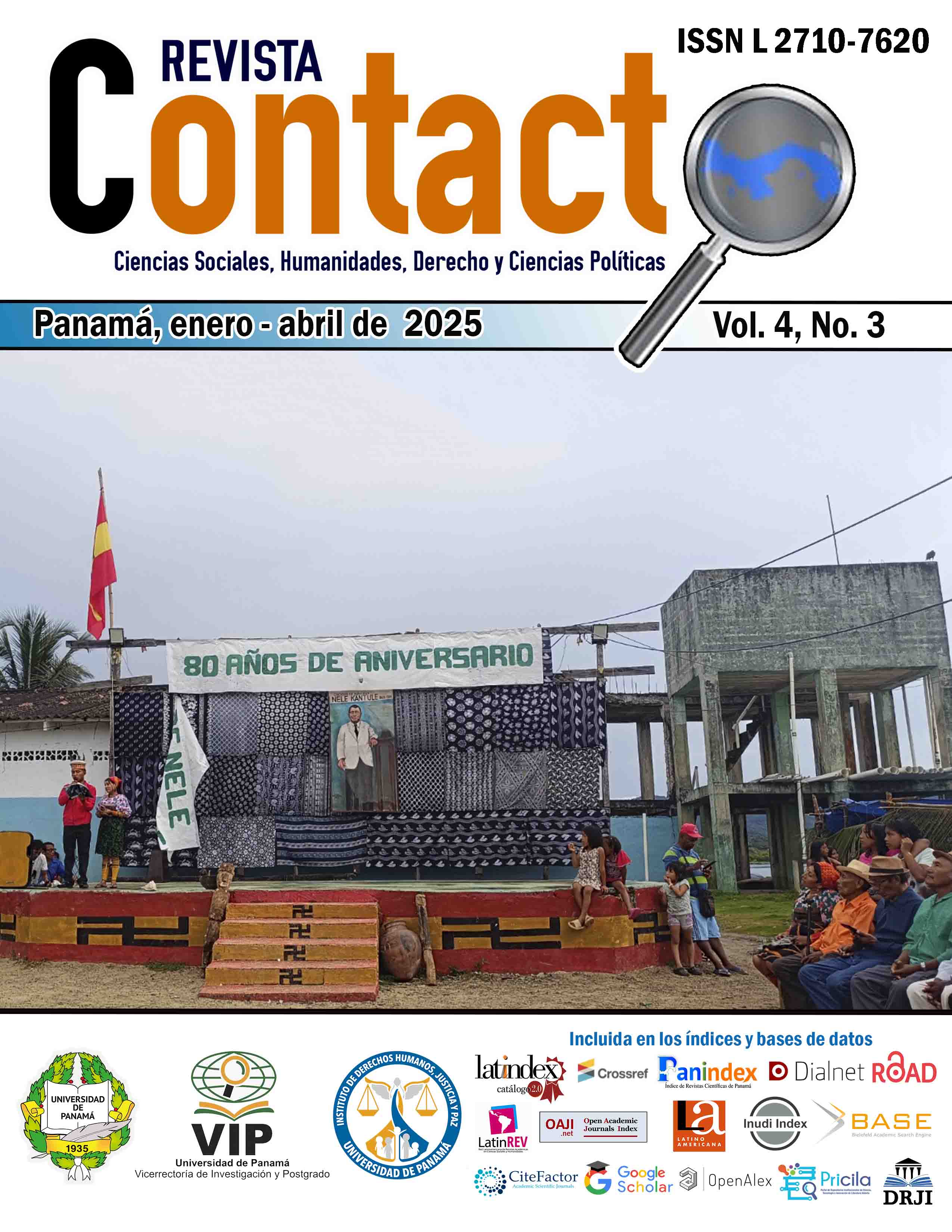

Copyright (c) 2025 Revista Contacto

This work is licensed under a Creative Commons Attribution-NonCommercial-ShareAlike 4.0 International License.
The research focuses on knowing the historical process of negotiation and Guna diplomacy for the legal recognition of their ancestral territory between 1930 and 1945. Before the formation of the Panamanian State in 1903, the Guna lands were recognized in 1871, but the government Panamanian subsequently ignored them. Following the events of the Tule Revolution in 1925, a negotiation process began with the Panamanian government so that the Guna lands were recognized in their land and maritime limits. They were first declared as a Reserve in 1930 and then as a region in 1938, which allowed the consolidation of the political unit of the region, today Gunayala, with the Guna General Congress (political-administrative) in 1945. Our methodology was based on the use of documentary archives and historical documents written by the Guna themselves, in an interdisciplinary work that combines Guna history and orality as historical sources. The results of the research allowed us to understand the importance of the Guna in defending their terrestrial and marine neggsed (autonomy), as well as their governance, which today are being threatened by external factors such as tourism companies, climate change.